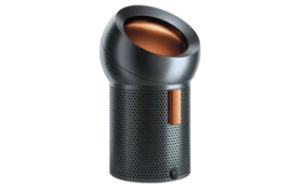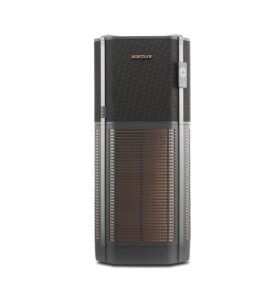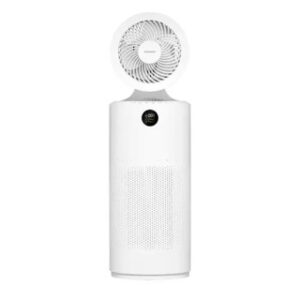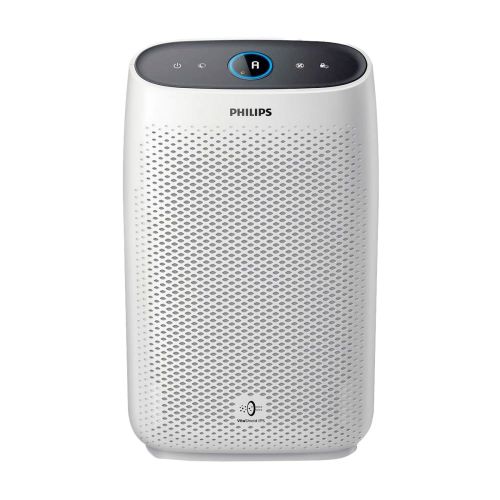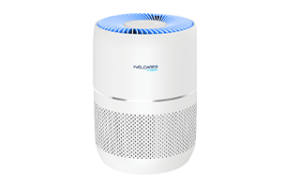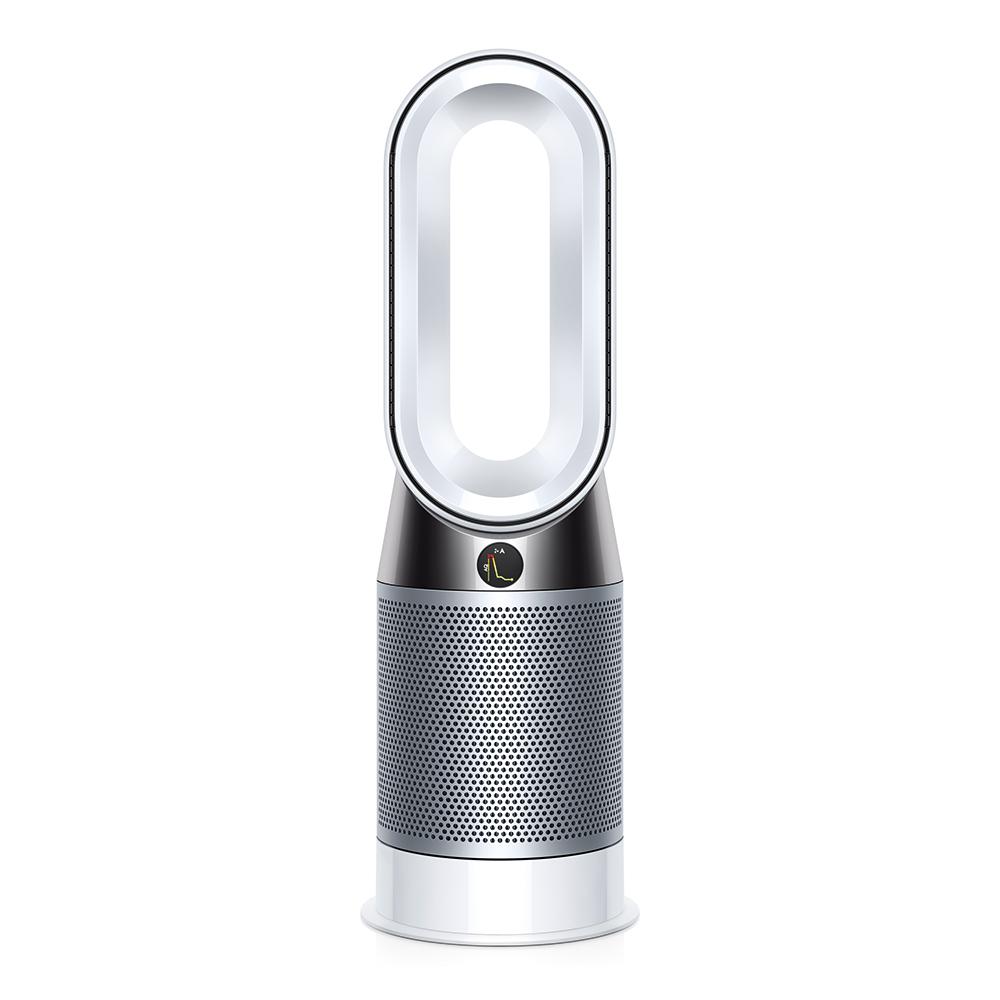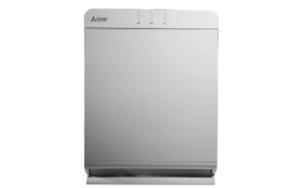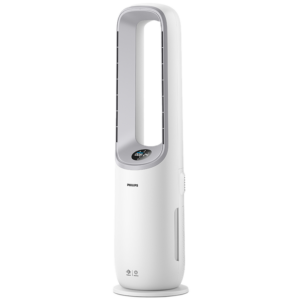This one's a fan of One Direction.
Dyson Pure Cool Me Personal Purifier Fan review
James Dyson is a one-man army waging war ondust bunnies and harmful air pollutants. A mad scientist of sorts, Dyson’s life mission has been to harness the power of cyclonic separation to improve the air quality for everyday people like you and I. Dyson’s latest addition to its arsenal of air assault technology is the Dyson Pure Cool Me; a personal air purifier and cooling fan intended for solo use. The question is: does this pricey personal fan justify its premium price tag, or has James Dyson become utterly consumed by the power of air bending? Let's find out in our Dyson Pure Cool Me review.
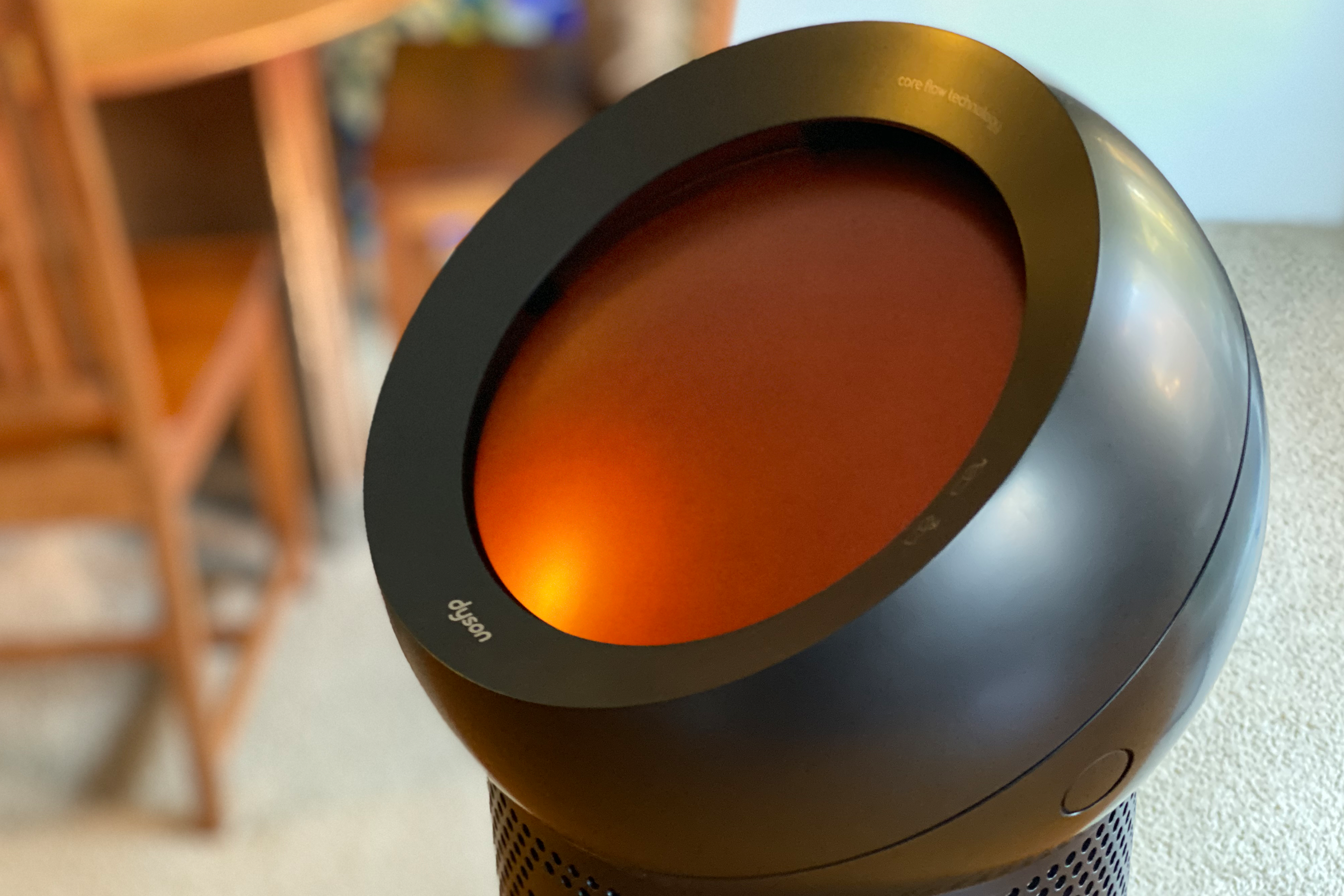
Coming into October, Spring has been slow to rise. Sydney has had its fair share of sunshine over the last few weeks but it’s still sweater weather; Spring hasn’t necessarily sprung. Still, there have been a few days where I’ve been able to put the Dyson Pure Cool Me’s claims to the test. Here’s what we’ve liked about it so far.
Design
Covenient side
The bulk of the Dyson Pure Cool Me is about the size of a paper bin. It’s roughly 24cm wide at the base and stands close to 40cm tall. It’s a good fit for my bedside table, but a little too large to justify space on my cluttered desk. It’s compact size also makes it incredibly easy to lug around the house.
It’s powered by an easily concealed AC power cord with a chunky power pack at the connection end (which is a little unwieldy for my tiny bedside powerboard) but it's the same connection as my Dyson V10 stick vacuum; which has saved me from shuffling valuable powerboard real estate when I’ve moved the Pure Cool Me to the living room.
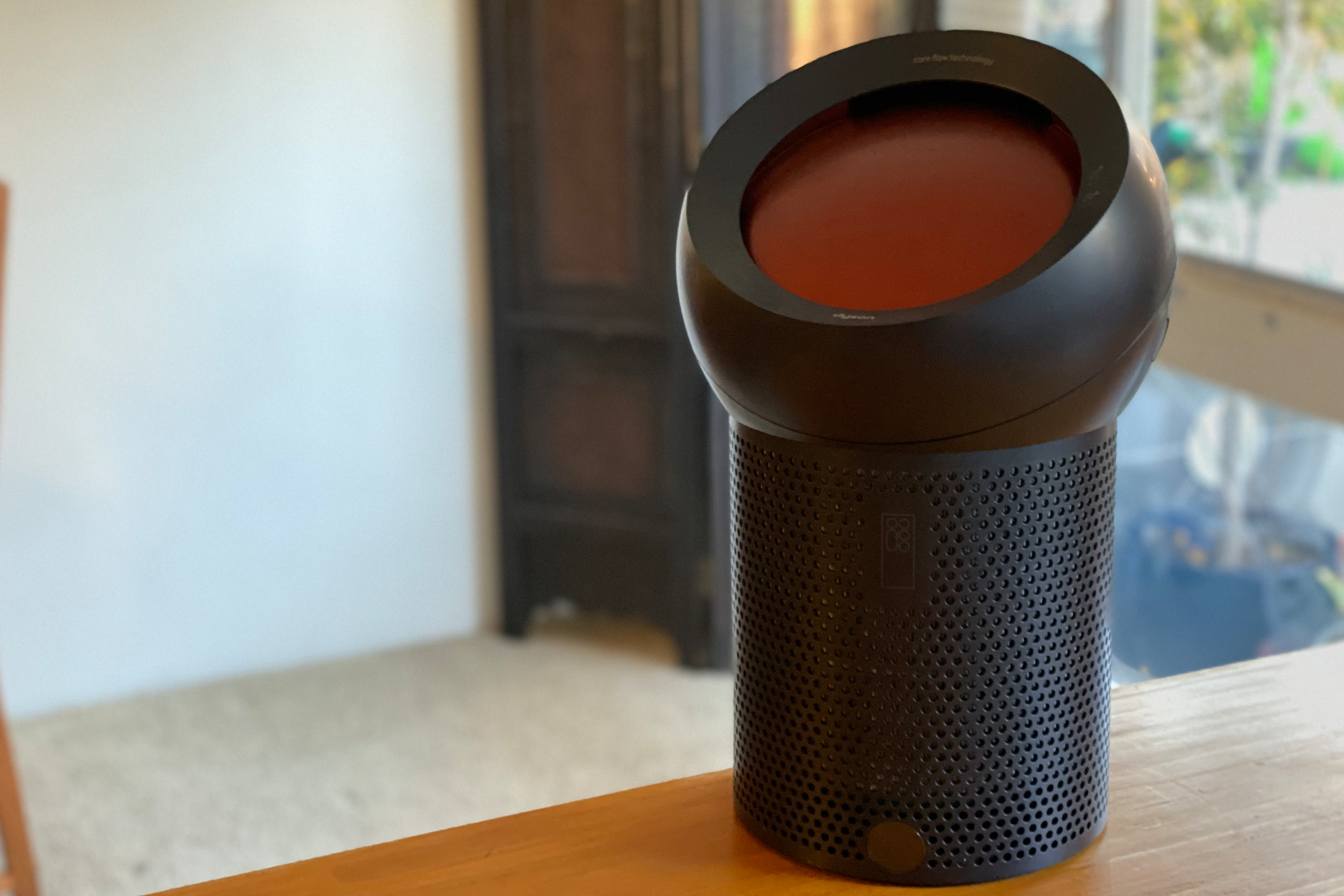
Performance
Impressive cooling
What’s there to say about Dyson’s revolutionary cooling technology that hasn’t been said before. Without getting too much into the technical side of things, Dyson’s trademark Core Flow technology blasts multiple jets of air directly at one point of convection. When the combined air streams meet, they fire a powerful, focused stream of air. On the Dyson Pure Me, the point of convection is at the centre of the large round face at the top of the fan.
The best analogy I can think of is the popular boy band One Direction. Alone, solo members, like Zayne Malik and Harry Styles are a cool breeze on a sunny day. Together, they form One Direction (point of convection), a force powerful enough to blow your panties off.
And just like One Direction, Dyson’s Core Flow technology can’t be faulted. You’ve never had a personal fan like anything Dyson has created and in many ways, the top-tier cooling may be worth the price tag alone. There are 10 speeds, 70-degree oscillation and a 9-hour timer, all controlled by a compact remote. As someone who runs hot, even its these cooler months, reviewing the Dyson Pure Cool Me has been a personal indulgence. I’d be interested to see if this compact cooling device can handle the heat as we begin to move towards Summer.
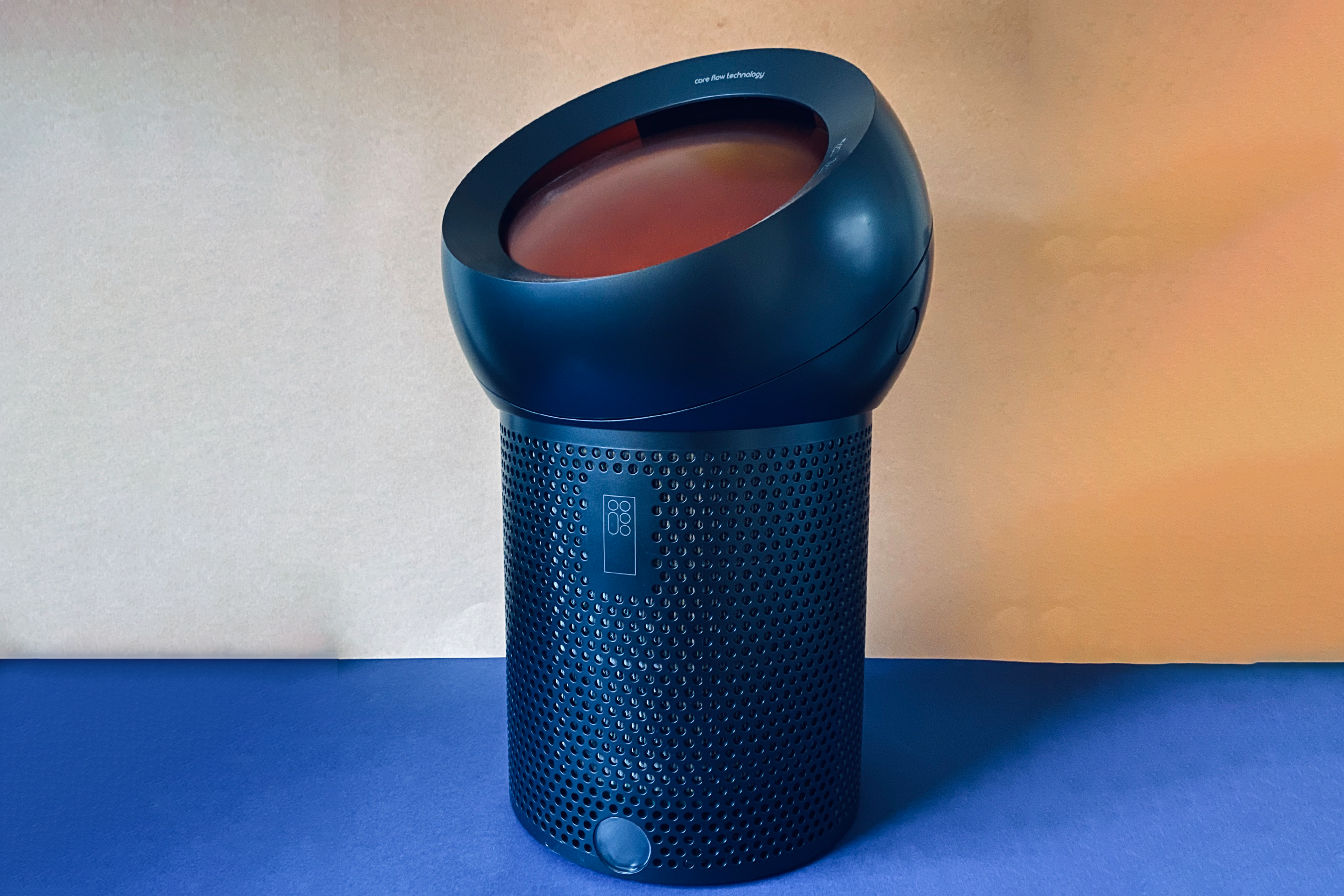
Purifying performance
Another tried and true technology: the HEPA air filter. Medical-grade HEPA filters were originally designed to filter out radioactive particles and are commonly used in environments where sterile conditions are required; hospitals, pharmaceutical manufacturing, etc.
Basically, it’s the real deal.
There are a lot of HEPA imitations on the market. These are sold as “HEPA-type” filters that claim to filter with the same efficiency without stating the particle size they are capable of removing, meaning finer pollutants, like smoke and smog, can slip through the cracks.
True HEPA filters are classified into five categories, graded by how efficient they are at removing particles. While Dyson doesn’t explicitly state the HEPA grade of the Dyson Pure Cool Me filter, it does claim to work with 99.95% efficiency for particles as small as 0.1 micron (smog, viruses, tobacco smoke etc.) which would make it HEPA H13, the second most efficient HEPA filter for residential use.
This isn’t some pseudo-scientific garbage created to sell more Dyson fans, HEPA filters are legit. If you or someone under your roof suffer from asthma or severe allergic reactions air pollutants, I can’t recommend a HEPA filter enough. It’s not a silver bullet but it should help you breathe easier at home.
It’s a fascinating and effective technology to have packed into a personal cooling solution but it's far from a fully-featured air purifier (more on that in a moment).
Coverage
The Dyson Pure Cool Me’s whole schtick is that it’s intended to cool one person and one person only. Sure, it oscillates in a 70-degree arc but it was built for solo use. The thing is, $499 is a lot of money to spend in order to satisfy one individual’s erratic body temperature.
If there’s a white-hot tension in your household over who gets to control the AC temperature, there is probably a deeper issue that a $499 Dyson just isn’t going to fix.
Limited oscillation
I’ve mentioned that the Dyson Pure Cool Me has 70-degree oscillation but there are also two vertical settings: horizontal and tilted upwards. Those two settings don’t allow for much flexibility; you have to be level with the airflow or just slightly elevated above it but you can’t angle it down. This is me being nitpicky by if you want to change the angle, you have to do it manually.
I get that the Dyson Pure Cool Me is intended for one person but still, you expect a little flexibility for nearly $500.
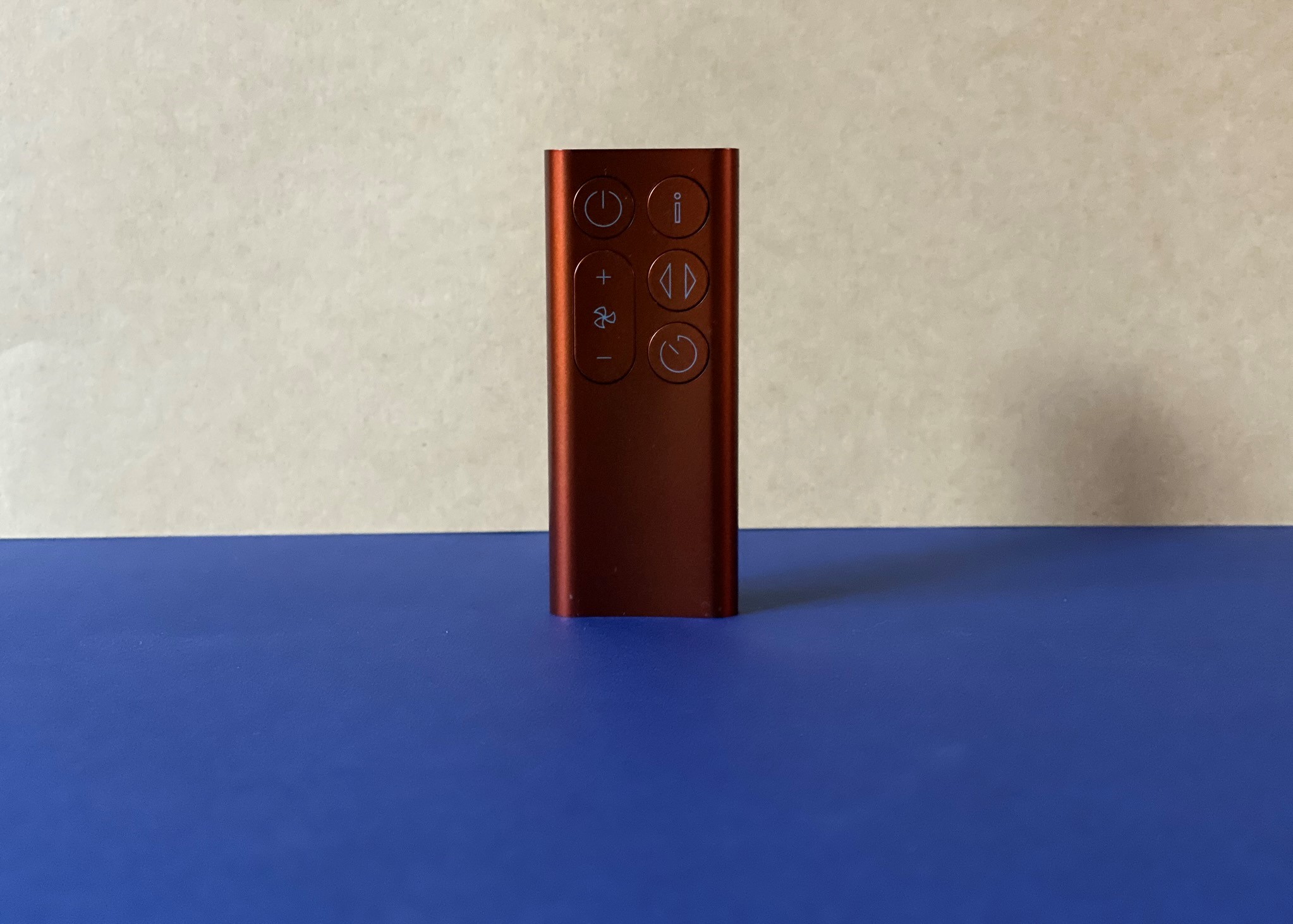
Advanced features
No app or Air Quality Indicator
The top-shelf HEPA air filtering might be doing a bang-up job of removing air pollutants from your apartment but you wouldn’t know it when using the Dyson Pure Cool Me.
Many air purifiers these days, like the Philips Series 1000 Air Purifier, have an air quality sensor that detects airborne particles and automatically kicks the fan into overdrive to clear the air faster. Philips’ air purifier, in particular, has an LED ring that glows red when a bad allergen and particle level is detected and blue when a good level is reached.
In my experience, watching the Philips do its thing is incredibly reassuring.
I live right next to a very busy set of traffic lights and, like clockwork, the Philips air purifier will go into red alert during peak traffic hours because it can detect the poor air quality at that time of the day. Same goes if I burn a batch of brownies.
If you had any doubts about the hard work air purifiers actually do, something like the Philips is going to set your mind at ease. And the Philips will only set you back $249.
The Dyson Pure Cool Me doesn’t have an air quality sensor or any way to communicate how many allergens and pollutants are in the air. You just have to trust that it’s getting the job done. For what it’s worth, I totally do. It’s just comforting to have access to that kind of information.
Dyson’s pricier purifiers have that function and as a result, are compatible with the Dyson Link app, which gives you all the information above and more. The Pure Cool Me is not compatible with Dyson Link app. So outside of its sleep timer, there’s no way to schedule its daily cycle.
Related Articles





